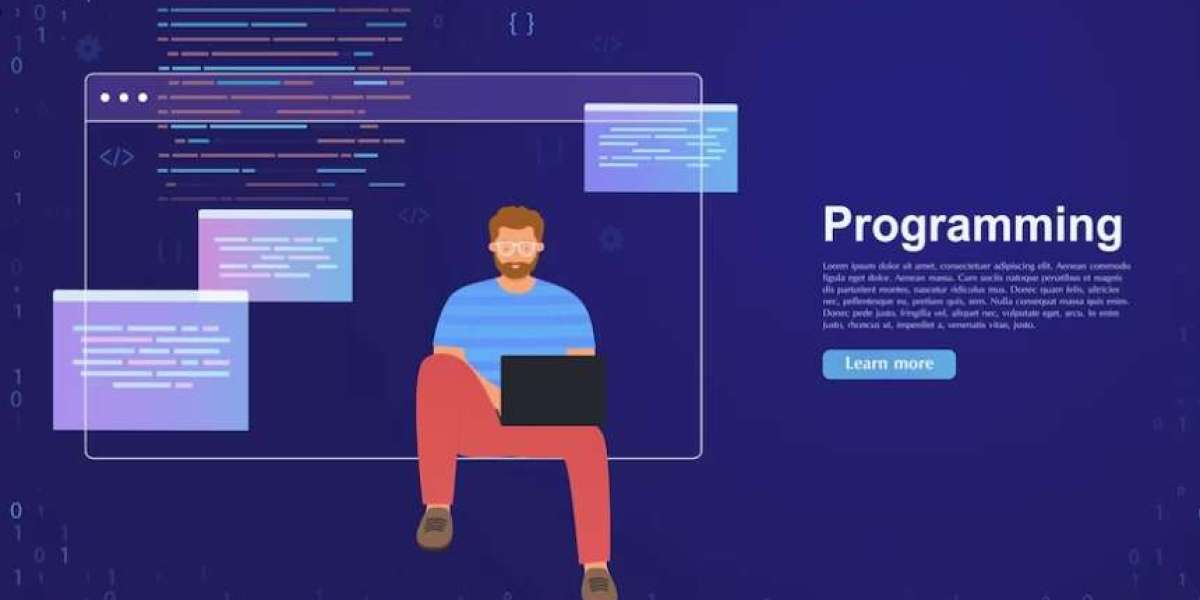Technology is evolving rapidly. In the world of modern computer networks, Network Interface Cards (NICs) play a pivotal role.
These cards act as the digital bridges between devices and the network. These are responsible for holding the key to efficient data communication. This is what makes them an integral component of any network infrastructure.
This blog post is being created with the aim to provide a comprehensive overview of Network Interface Cards. We will also discuss how they function, their types, and their role in the context of subnetting in computer networks.
Without any further ado, let’s get started!
What are Network Interface Cards (NICs)?
A Network Interface Card, also referred to as a NIC or network adapter, is a hardware component. It allows computers, servers, and other devices to connect to a network.
It functions as a mediator between a device's internal data processing and the external network. It works by facilitating the seamless exchange of data packets.
These cards are equipped with unique Media Access Control (MAC) addresses. These addresses serve as their distinct identifiers on a network.
NICs operate on the Data Link Layer (Layer 2) of the OSI (Open Systems Interconnection) model. This ensures the reliable transmission of data across the physical network medium.
These cards provide the necessary interface for devices to transmit and receive data packets over various network topologies, including:
- Ethernet
- Wi-Fi
- Fiber optics
How Do Network Interface Cards function?
Data Link Layer Operations: NICs are responsible for performing essential tasks at the Data Link Layer, such as
- Framing data packets
- Error detection and correction
- Managing flow control.
Also, they ensure that data is transmitted in an organized and error-free manner.
MAC Address Assignment: Each of these Network Interface Cards has a unique MAC address. These addresses are hardcoded into its firmware during manufacturing. This address is essential for identifying devices on a network and preventing address conflicts.
Packet Transmission and Reception: Network Interface Cards handle the physical transmission of data packets onto the network medium. They are responsible for converting digital data from a device into signals. These signals are then transmitted via cables, fibers, or wireless channels.
Similarly, NICs receive incoming signals. They convert them into data packets and pass them to the device's operating system.
Protocol Handling: Network Interface Cards support multiple networking protocols, such as:
- TCP/IP
- UDP
- ICMP
It enables compatibility with various network architectures and communication standards.
Now, let’s move on to the second phase of this blog, i.e., Types of Network Interface Cards.
Types of Network Interface Cards
Ethernet NICs: Ethernet Network Interface cards are one of the most common types of NICs. These are specifically designed to work with Ethernet networks. They come in different speeds, such as 10/100/1000 Mbps (Fast Ethernet or Gigabit Ethernet), and now even 10 Gbps and beyond for high-performance data centers.
Wireless NICs: Wireless Network interface cards, or you may call it Wi-Fi adapters. These NICs enable devices to connect to wireless networks. They operate on various Wi-Fi standards (802.11a/b/g/n/ac/ax). Also, they are commonly found in laptops, smartphones, and other mobile devices.
Fiber NICs: Fiber optic Network Interface Cards are designed for high-speed, long-distance data transmission using fiber optic cables.
They are commonly used in scenarios where low latency and high bandwidth are critical, such as:
- Data centers
- Enterprise networks
Token Ring NICs: Token ring Network Interface Cards are common these days. They were once used in token ring networks. They used a token-passing protocol for data transmission, ensuring fair access to the network.
Modem NICs: Modem Network interface cards, or dial-up adapters, were used in the past for connecting to the internet over telephone lines. They have become outdated after the invention of broadband technologies.
Now let’s move on to another vital concept, i.e., Subnetting in Computer Networks and NICs.
Subnetting in Computer Networks and NICs
Subnetting in computer networks is a fundamental concept. This involves dividing a larger IP network into smaller ones by making them more manageable sub-networks or subnets.
This process offers several benefits, including:
- Efficient utilization of IP addresses
- Improved network performance
- Enhanced security through isolation of network segments.
Network Interface Cards play a crucial role in facilitating subnetting. It is done by enabling devices to communicate within their designated subnets.
When a device transmits data, the NIC ensures that the data is correctly addressed to the appropriate subnet.
This process involves evaluating the destination IP address and subnet mask to determine if the target device is within the same subnet or a different one.
If the destination device is in the same subnet, the NIC sends the data directly. Otherwise, it forwards the data to the appropriate gateway or router for inter-subnet communication.
Configuring NICs for Subnetting
Configuring NICs for subnetting involves several key steps:
IP Address Configuration: A unique IP address should be assigned to each NIC within a subnetted network. These IPs should fall within the corresponding subnet range. This process ensures that devices can communicate directly within the same subnet.
Subnet Mask Configuration: The subnet mask defines the size of the subnet. Moreover, it also distinguishes between the network portion and the host portion of an IP address. Network Interface Cards use the subnet mask to determine whether devices are in the same subnet or different subnets.
Default Gateway Configuration: Devices communicate with devices in other subnets through routers. Network Interface Cards need to be configured with the IP address of the same router that is serving as the default gateway. This way, when a device wants to communicate with a different subnet, the NIC knows where to send the data.
Routing Table Setup: For proper routing, Network Interface Cards maintain routing tables that outline how different subnets are reachable. These tables help NICs make decisions about where to send data based on the destination IP address.
Final Words
Undoubtedly, Network Interface Cards are essential in modern computer networks. It enables devices to connect, communicate, and share information across networks.
Furthermore, their role in facilitating subnetting is paramount to the organization and efficiency of contemporary networks.
It is essential for an individual entering into the realm of computer networking to know everything about NICs. You must be well-versed with the functions and types of NICs.
Moreover, you should also be well aware of their relationship with subnetting.









